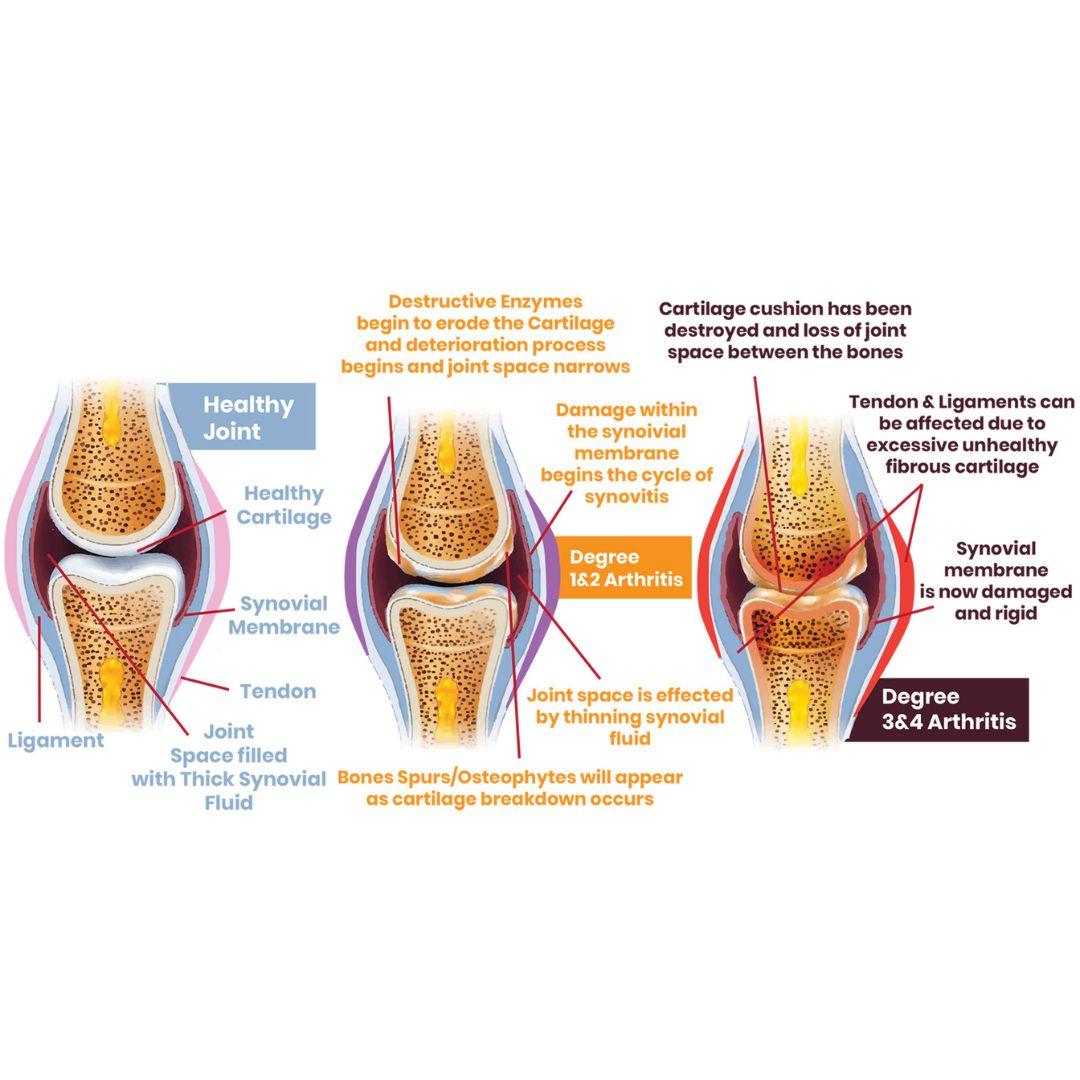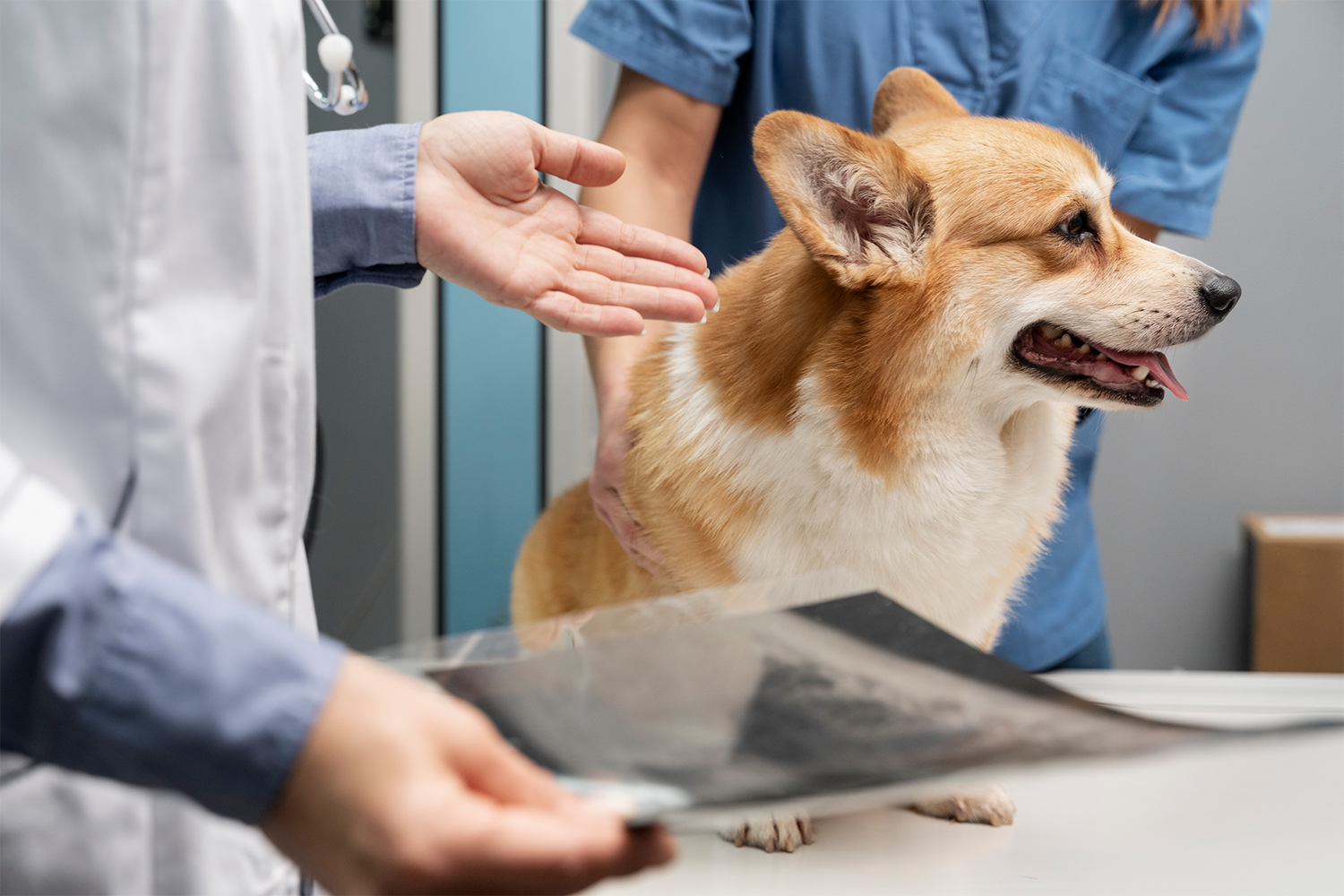Dropped Pasterns in Pigs
Dropped pasterns in pigs, a condition that can significantly impact their mobility and overall health, are of increasing concern among pig farmers and veterinarians. This condition is characterized by the weakening or failure of the tendons and ligaments supporting the pig's pasterns, causing the animal to walk on its dewclaws or even the lower leg. Understanding the causes, effects, and management strategies for dropped pasterns is crucial for maintaining the well-being of pigs and ensuring the profitability of pig farming operations.
What are Dropped Pasterns in Pigs?
Dropped pasterns refer to the abnormal lowering of the pig's pastern joint, located between the hoof and the fetlock. In healthy pigs, the pastern joint remains relatively straight, providing stability and support for the pig's body weight. However, in cases of dropped pasterns, this joint collapses, leading to an altered gait, discomfort, and potentially severe lameness.
Causes of Dropped Pasterns in Pigs
The occurrence of dropped pasterns in pigs can be attributed to various factors, ranging from genetic predispositions to environmental and nutritional influences. Here are some of the most common causes:
-
Genetic Factors: Genetics play a significant role in the development of dropped pasterns. Certain pig breeds are more susceptible to this condition due to their genetic makeup. Selective breeding practices that prioritize rapid growth and muscle development can inadvertently lead to structural weaknesses, including weakened pasterns.
-
Nutritional Deficiencies: Proper nutrition is essential for the healthy development of a pig's musculoskeletal system. Deficiencies in key nutrients such as calcium, phosphorus, and vitamin D can weaken bones and connective tissues, making pigs more prone to dropped pasterns. Additionally, an imbalance in the calcium-to-phosphorus ratio can lead to improper bone mineralization, further exacerbating the risk.
-
Genetic Predisposition: Pigs that are overfed or subjected to growth-enhancing practices may experience rapid weight gain, placing undue stress on their pasterns. The excess body weight, coupled with insufficient bone and ligament development, can cause the pasterns to collapse under pressure.
-
Injury or Trauma: Physical injuries or trauma to the pig's legs can damage the tendons and ligaments supporting the pasterns. Such injuries may result from rough handling, poor housing conditions, or accidents. Once damaged, these structures may not heal properly, leading to the development of dropped pasterns.
-
Infectious Diseases: Certain infectious diseases, such as foot-and-mouth disease and swine dysentery, can weaken a pig's musculoskeletal system and contribute to the onset of dropped pasterns. These diseases can cause inflammation, tissue damage, and systemic stress, all of which can negatively impact the pig's leg structure.
Effects of Dropped Pasterns on Pigs
The impact of dropped pasterns on pigs is multifaceted, affecting not only their physical health but also their productivity and overall welfare. The following are some of the key effects:
-
Reduced Mobility: Pigs with dropped pasterns often experience significant discomfort and pain, leading to a reluctance to move. This reduced mobility can hinder their ability to access food and water, resulting in decreased weight gain and poor overall condition.
-
Increased Risk of Secondary Infections: The abnormal gait associated with dropped pasterns can cause abrasions and sores on the pig's legs, which may become infected. Secondary infections can further complicate the pig's health, leading to systemic issues and even death if left untreated.
-
Lower Reproductive Performance: Sows with dropped pasterns may have difficulty standing or moving during mating, leading to lower reproductive success. Additionally, the stress and pain associated with the condition can reduce fertility and overall reproductive performance.
Management and Prevention of Dropped Pasterns in Pigs
Effective management and prevention of dropped pasterns in pigs require a comprehensive approach that addresses the underlying causes and minimizes risk factors. The following strategies can help mitigate the occurrence and severity of this condition:
-
Genetic Selection and Breeding: When selecting breeding stock, it is crucial to prioritize pigs with strong, well-structured legs and pasterns. Avoiding the use of pigs with a family history of dropped pasterns can help reduce the incidence of this condition in future generations. Breeding programs should focus on achieving a balance between growth rates and structural integrity.
-
Supplementation: Incorporating OptiWize into the diet of pigs can play a crucial role in managing and preventing dropped pasterns. OptiWize is formulated with a balanced blend of essential ingredients, which are vital for the development and maintenance of strong bones and ligaments. Collagen is crucial for maintaining the integrity of tendons, ligaments, and cartilage, all of which play a vital role in supporting the pastern joints. By ensuring that pigs receive the right nutrients, OptiWize helps prevent the nutritional deficiencies that often lead to weakened pasterns. Regular inclusion of OptiWize in a pig’s diet not only promotes overall health, but also significantly reduces the likelihood of dropped pasterns, contributing to a more robust and resilient herd.
-
Weight Management: Controlling the growth rate and body weight of pigs is key to preventing excessive stress on their pasterns. Avoid overfeeding and implement growth-monitoring practices to ensure that pigs develop at a healthy pace. If rapid growth is necessary for production purposes, it should be done carefully, with close attention to the pig's structural health.
-
Housing and Handling Practices: Providing pigs with a safe and comfortable living environment is essential for preventing injuries that can lead to dropped pasterns. Ensure that housing facilities are well-maintained, with appropriate flooring and adequate space for movement. Handle pigs gently and minimize stress during transport and other management procedures to reduce the risk of trauma.
-
Veterinary Care and Monitoring: Regular veterinary check-ups and monitoring of the herd's health can help identify early signs of dropped pasterns and other musculoskeletal issues. Early intervention, including the use of supportive therapies and treatments, can prevent the progression of the condition and improve the pig's quality of life.


Conclusion
Dropped pasterns in pigs represent a significant challenge for pig farmers, with potential impacts on animal welfare, productivity, and economic viability. By understanding the causes and effects of this condition and implementing proactive management and prevention strategies, it is possible to reduce the incidence of dropped pasterns and maintain a healthy, productive herd. Keeping your pig on a quality supplement like OptiWize will help support your pigs pasterns as they put on weight and rehab any lameness’s your pig has.



